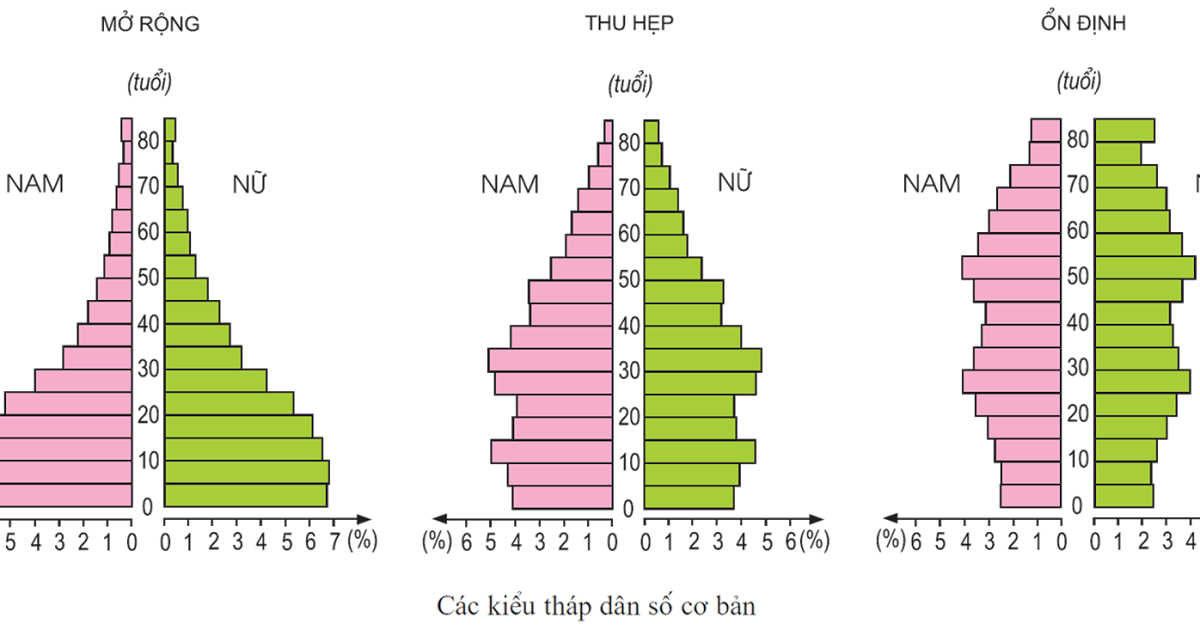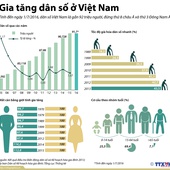Vietnam Population
According to the GSO, Vietnam population in 2019 is estimated to be 96.2 million people. At this rate of fertility and mortality rate, Vietnam population will be reaching close to 97.58 million in 2020.
According to the General Statistics Office (GSO), Vietnam's population in 2025 is estimated to be approximately 100.8 million people. Vietnam ranks as the third largest population in Southeast Asia (following Indonesia and the Philippines) and holds the fifteenth largest population globally.
Population Density
Vietnam's population is distributed unevenly across the country. As of 2025, around 28.3 million people live in urban areas, making up approximately 28% of the total population. Hanoi and Ho Chi Minh City remain the two largest cities, each with about 8 million residents. Rural inhabitants constitute about 72% of the total population; however, this number continues to decline due to significant urbanization and migration towards larger cities.
 Photo: Internet
Photo: Internet
Population Structure
Since 1975, Vietnam’s population has undergone substantial changes. The population size has increased dramatically, growing from approximately 52.7 million in 1979 to an estimated 100.8 million in 2025. The demographic structure, particularly among age groups, has also evolved. The number of children in the 0 to 4 age group has decreased significantly over the years, reflecting a declining birth rate. Additionally, there has been a noticeable decrease in the percentage of children aged 5 to 9, which has fallen from 14.58% of the total population in 1979 to roughly 7.5% in 2025.
Statistics also indicate a decline in the population within the 10 to 14 age group, further evidencing an increasing longevity trend and the implications of an aging population. Currently, the gender distribution in the population is relatively balanced, with approximately 49.3% male and 50.7% female. Nonetheless, there are growing concerns regarding the sex ratio at birth, which appears to be skewing towards boys, potentially leading to a significant gender gap in the near future.











